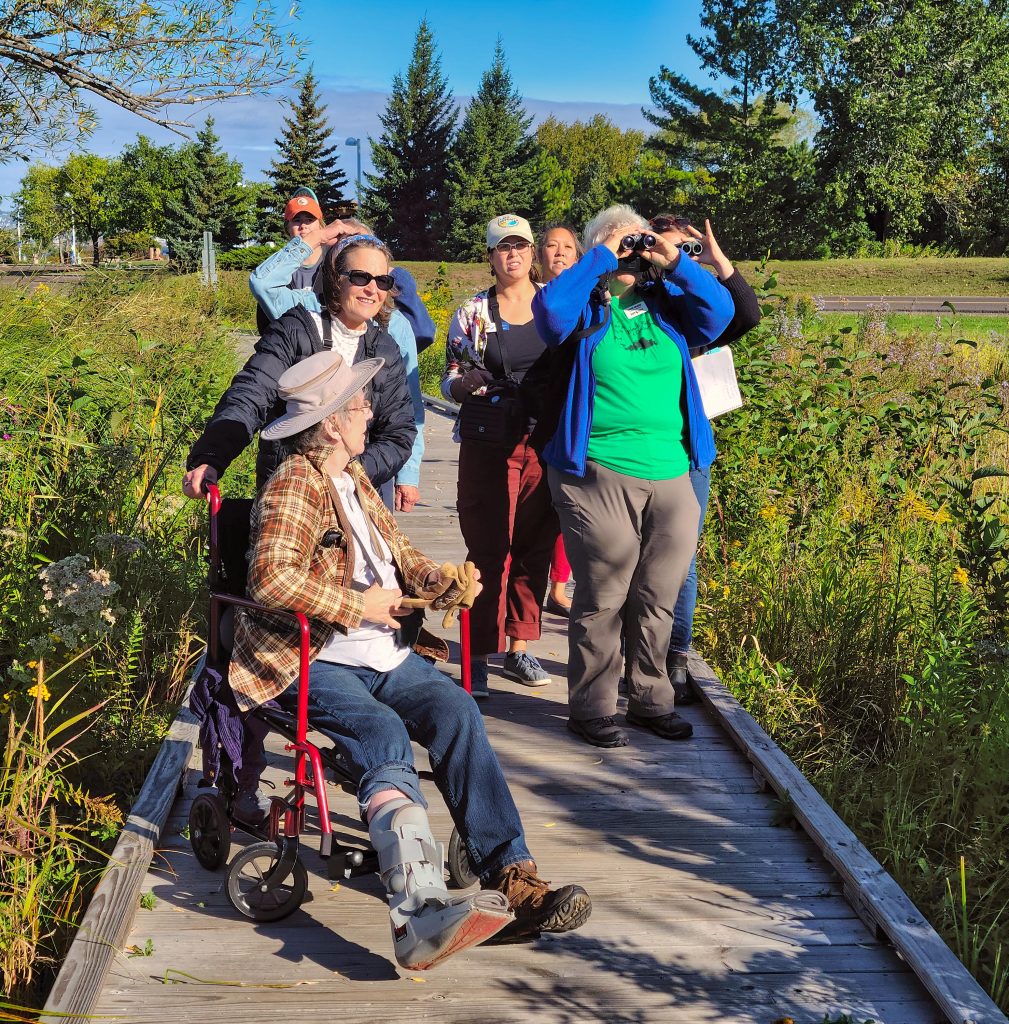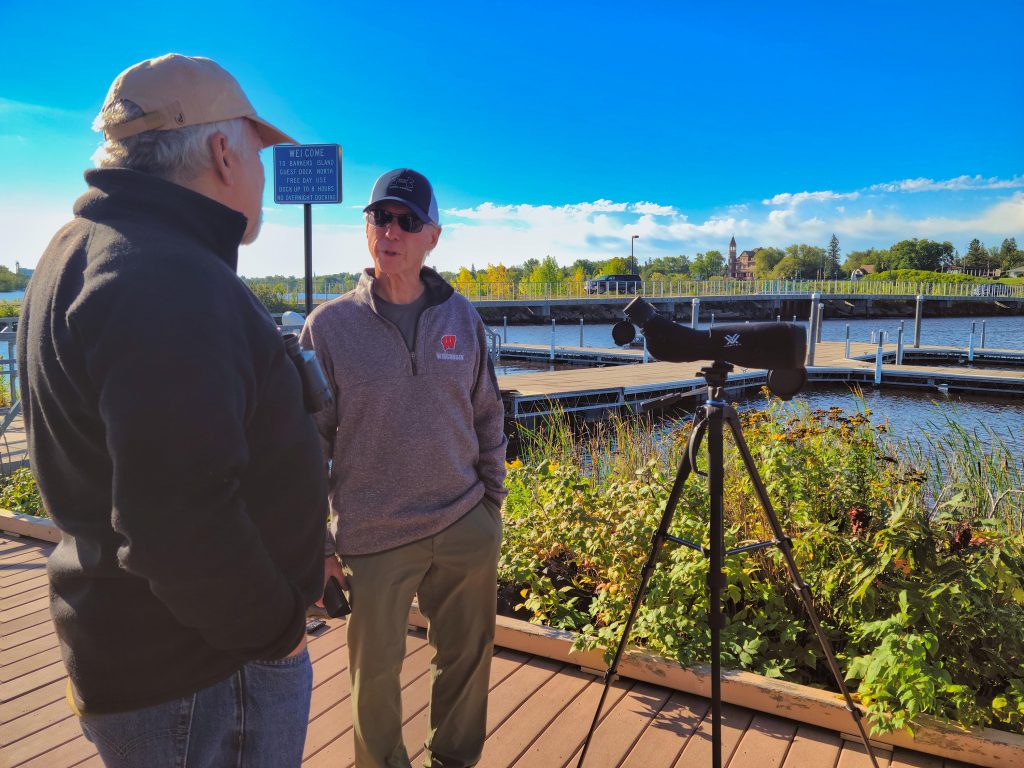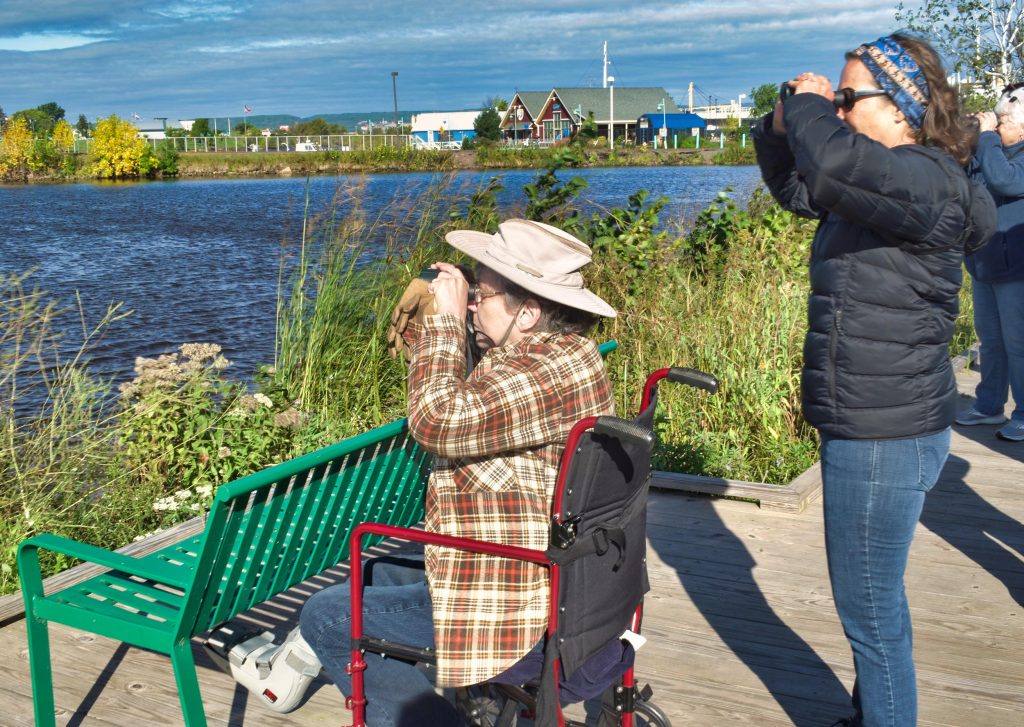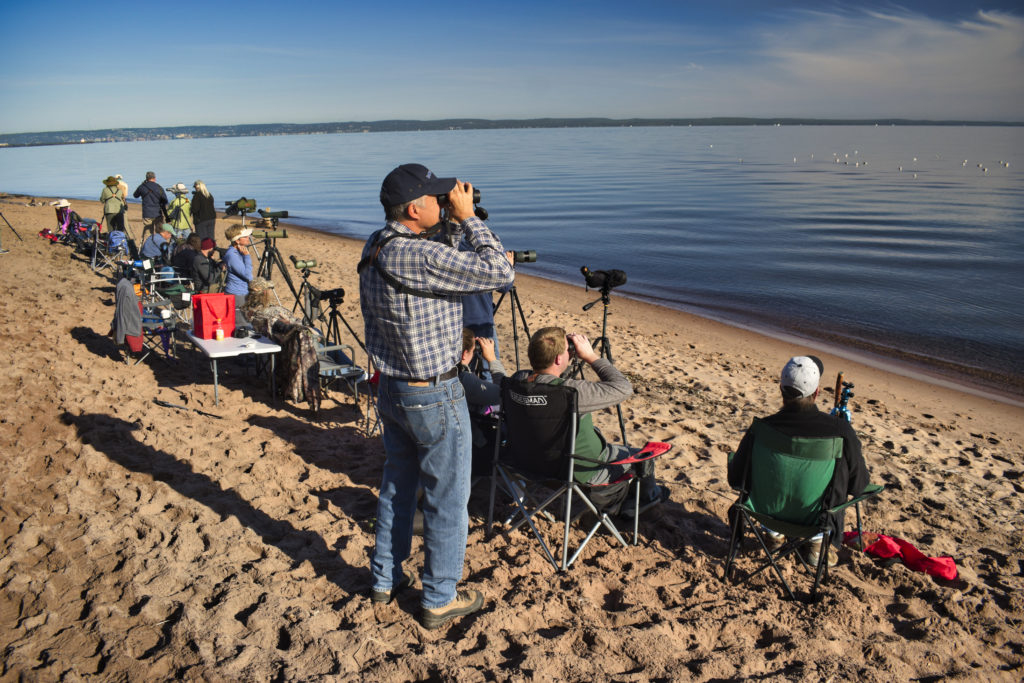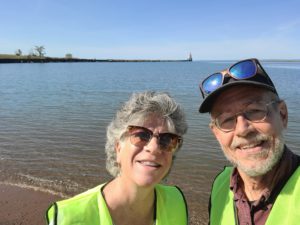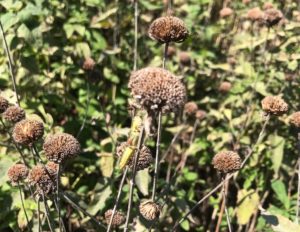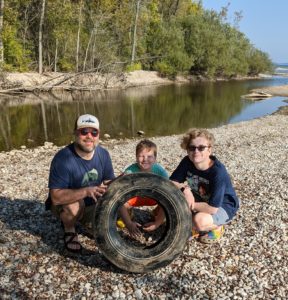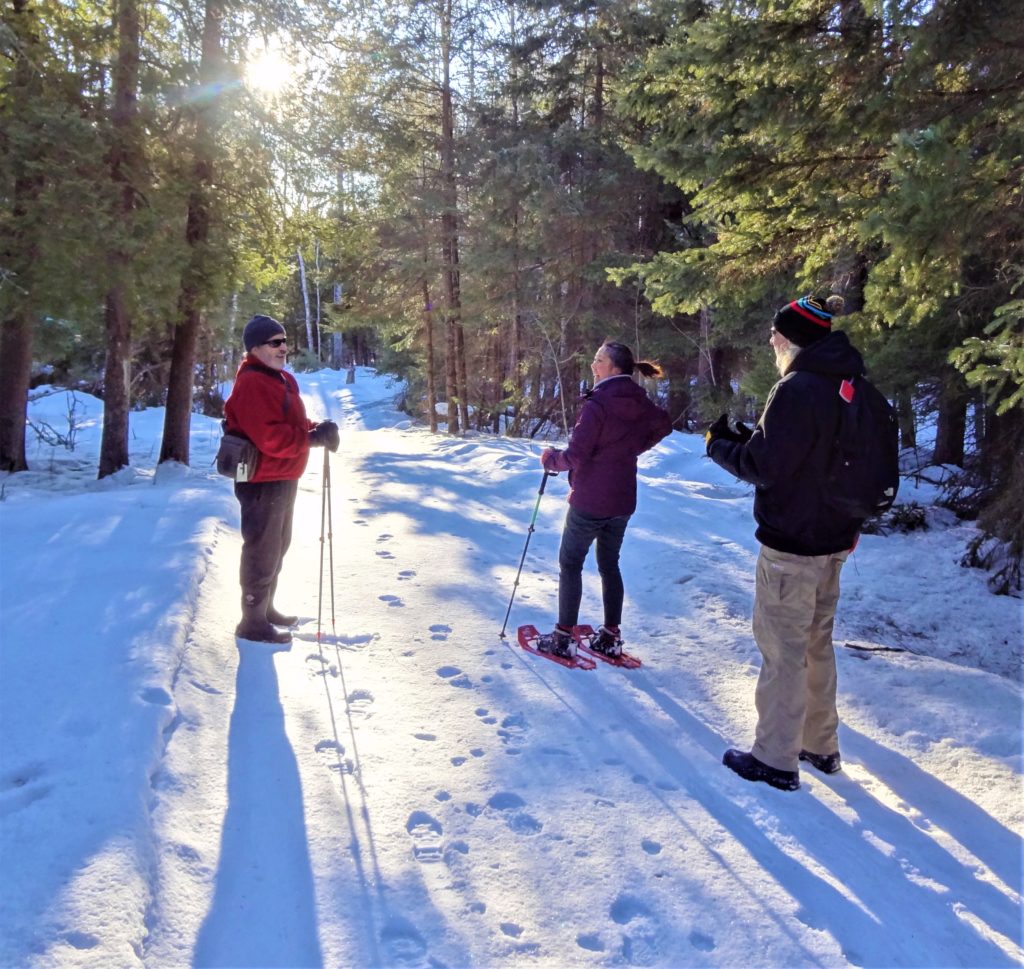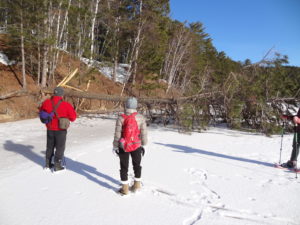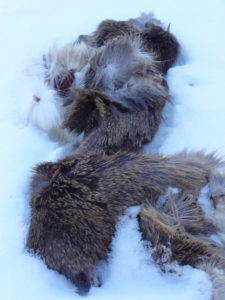Everyone can bird final outing on Oct. 14
All are invited to attend the last in a series of three events designed for birders of all skills and abilities. Join “Everyone Can Bird: World Migratory Bird Day,” 9:30-11:30 a.m., Saturday, Oct. 14, at. Hawk Ridge in Duluth.
Designed with accessibility in mind, the event will provide American Sign Language interpretation, stationary birding options, binoculars and spotting scopes for use. Expert birding guides will lead discussion and aid observation. The Friends of the Lake Superior Reserve, Hawk Ridge, Lake Superior Reserve, Wisconsin Sea Grant, Embark Support Employment and the Minnesota Land Trust sponsor the “Everyone Can Bird” series.
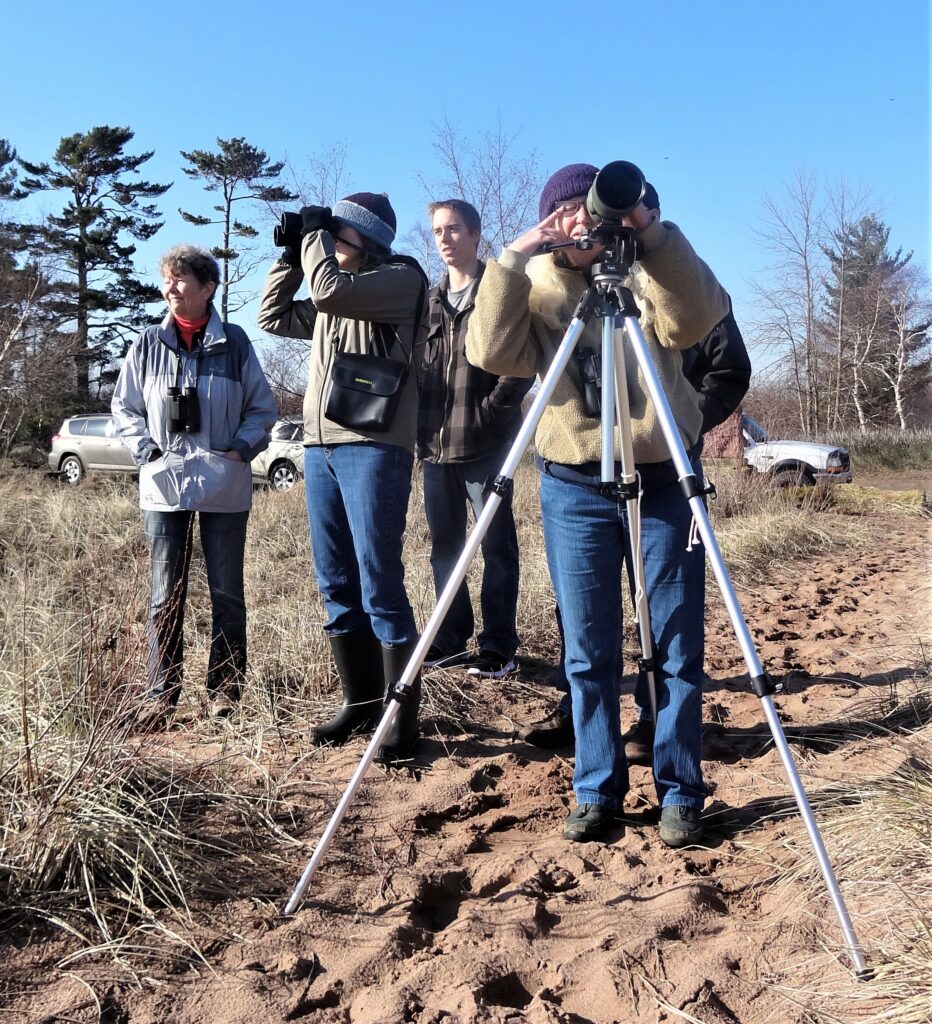
Birders practicing their craft on World Migratory Bird Day a few years ago. Image credit: Marie Zhuikov, Wisconsin Sea Grant
Free transportation is available, departing from the Superior Public Library (530 Tower Ave.) at 9 a.m. People driving themselves should access Hawk Ridge on East Skyline Parkway from Glenwood Ave. and continue past the first overlook on the paved road another half mile or so on the gravel road to another overlook. Look for Hawk Ridge Bird Observatory signage and the count platform. Accessible parking is available near the welcome table and Hawk Ridge merchandise trailer. Look for parking guidance via signage.
This event will include an “Eyes on the Skies” educational program from 10-11 a.m. in the outdoor classroom at Hawk Ridge, located up a gravel trail from the bird viewing location along the road. Learn about the history of the fall migration along the tip of Lake Superior and how to identify common raptors. In bad weather, the “Eyes on the Skies” program will be held indoors at the nearby Lester Amity Ski Chalet. An additional “Eyes on the Skies” program will be held at 11 a.m. outdoors on Hawk Ridge as part of Hawk Ridge’s Duluth Community Day events.
Registration is encouraged but not required. Learn more or register at https://go.wisc.edu/wwi6l1. These activities are designed with access in mind. People who would like to request additional accommodations should email Luciana.Ranelli@wisc.edu or call Luciana at 715-399-4085 at least 10 days before the event.
“Everyone Can Bird” is part of Duluth Community Day at Hawk Ridge. Both programs celebration World Migratory Bird Day, the raptors migrating through Hawk Ridge and people out enjoying nature together. For more on the family activities happening on Oct. 14 from 9:30-11:30 a.m., visit hawkridge.org.
The post Everyone can bird final outing on Oct. 14 first appeared on Wisconsin Sea Grant.News Releases | Wisconsin Sea Grant
News Releases | Wisconsin Sea Grant
https://www.seagrant.wisc.edu/news/everyone-can-bird-final-outing-on-oct-14/

